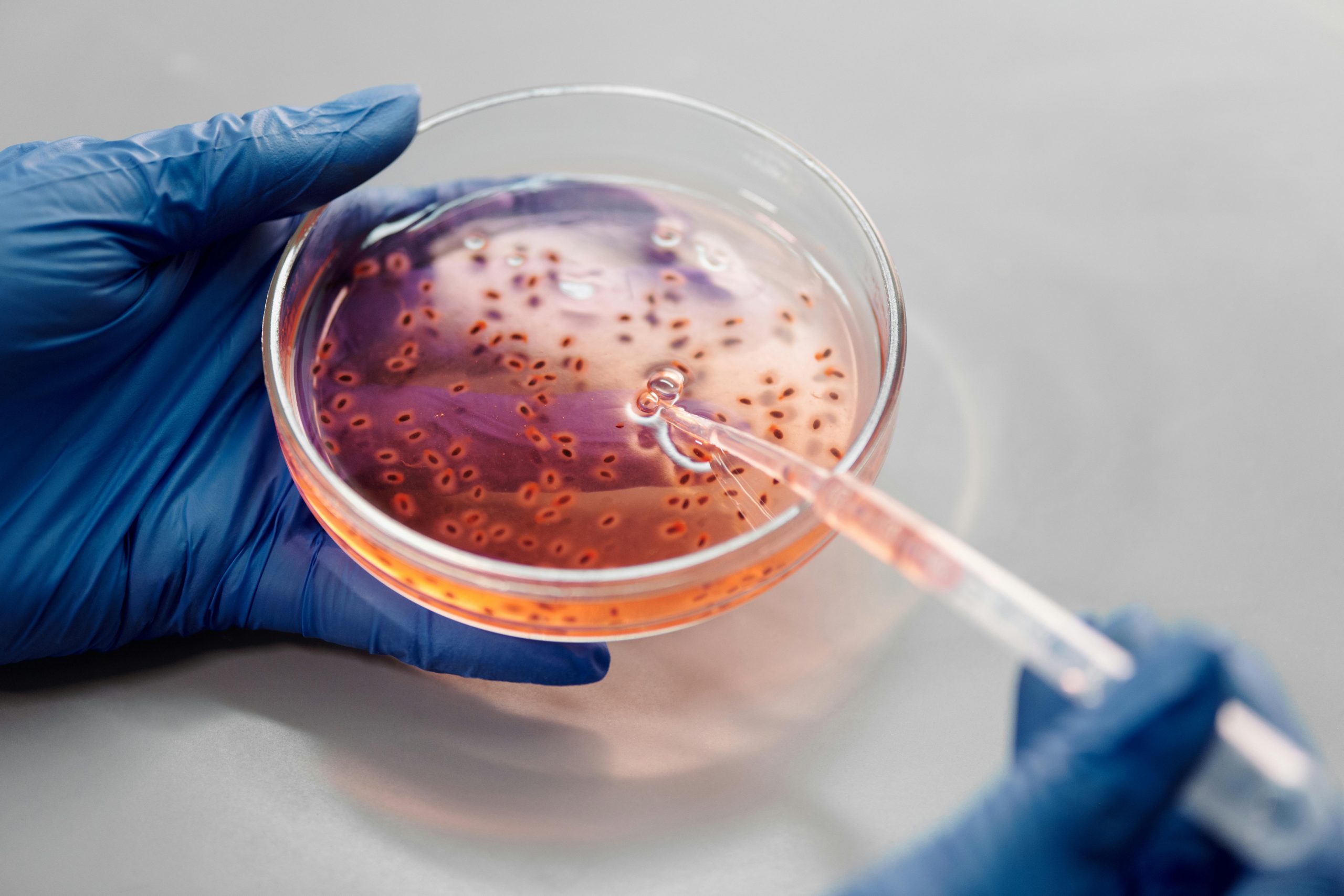The U.S. Food and Drug Administration (FDA) is responsible for ensuring the safety of a vast portion of the nation’s food supply. This is a monumental task involving setting regulations, inspecting facilities, and monitoring for potential health threats. While specific priorities may shift based on current events or new scientific data, the FDA routinely focuses on several key areas of food safety to protect public health. Understanding these core areas of concern helps consumers appreciate the complexities of our food system and the importance of regulation. Here are five major types of food safety issues that the FDA routinely monitors.

1. Foodborne Pathogens (Bacteria, Viruses, and Parasites)
A primary focus for the FDA is monitoring for the presence of harmful microorganisms in food. These pathogens are a leading cause of foodborne illness, or “food poisoning.” The agency tracks outbreaks and sets standards to control common culprits like Salmonella (often found in poultry, eggs, and produce), E. coli O157:H7 (associated with ground beef and leafy greens), and Listeria monocytogenes (a risk in deli meats, soft cheeses, and produce). They also monitor for viruses like Norovirus and Hepatitis A, and parasites like Cyclospora, which can contaminate fresh produce and shellfish.
2. Undeclared Allergens and Labeling Accuracy
Undeclared allergens are a major public health issue and a leading cause of food recalls. The FDA enforces regulations requiring that the top major allergens (currently nine, including milk, eggs, peanuts, tree nuts, soy, wheat, fish, shellfish, and sesame) be declared on ingredient labels. The agency monitors for mislabeling errors that could occur due to incorrect packaging or cross-contamination in a facility. This is critical for protecting the millions of Americans with life-threatening food allergies.
3. Chemical Contaminants and Heavy Metals
The FDA monitors the food supply for harmful chemical contaminants. This includes naturally occurring toxins like mycotoxins (e.g., aflatoxin in peanuts and corn). It also includes environmental pollutants that can accumulate in the food chain, such as heavy metals like lead, arsenic, cadmium, and mercury. The presence of these metals is a particular concern in foods consumed by infants and young children, such as rice cereals and fruit juices. The agency sets action levels to limit exposure to these harmful substances.
4. Food Fraud and Economically Motivated Adulteration

Food fraud, also known as economically motivated adulteration (EMA), is a significant concern that the FDA monitors. This occurs when a manufacturer intentionally substitutes a cheaper ingredient for a more expensive one to increase profits, without reflecting it on the label. High-profile examples include diluting honey with cheaper syrups, substituting lower-cost fish for more expensive species, or adulterating extra virgin olive oil with cheaper vegetable oils. The FDA works to detect and prevent this deception, which can sometimes pose health risks in addition to being fraudulent.
5. Unsafe or Unapproved Food Additives and Dietary Ingredients
The FDA regulates the use of food additives, including preservatives, color additives, and flavor enhancers. Any new additive must undergo a premarket approval process to ensure its safety. The agency monitors products to ensure they only contain approved additives at safe levels. Similarly, for dietary supplements, the FDA monitors for the presence of illegal or undeclared ingredients, such as prescription drug analogues in weight loss or “male enhancement” supplements. This protects consumers from potentially dangerous and unapproved substances.
A Complex System of Protection
The safety of the American food supply relies on a complex system of monitoring and regulation, with the FDA at its core. By routinely focusing on critical areas like microbial pathogens, undeclared allergens, chemical contaminants, food fraud, and unapproved additives, the agency works to prevent foodborne illness and ensure consumers can trust the food they buy. While no system is perfect, this ongoing vigilance is essential for public health. As a consumer, staying informed about recalls and practicing safe food handling at home are key parts of this shared responsibility for food safety.
Which food safety issues are you most concerned about? How does the role of agencies like the FDA impact your confidence in the food supply? Share your perspective!
Read More
Without The FDA Who Will Watch Over Our Food Supply?
7 Foods You’re Cooking Wrong Without Realizing It
The post 5 Types of Food Safety Issues the FDA Routinely Monitors appeared first on Grocery Coupon Guide.







